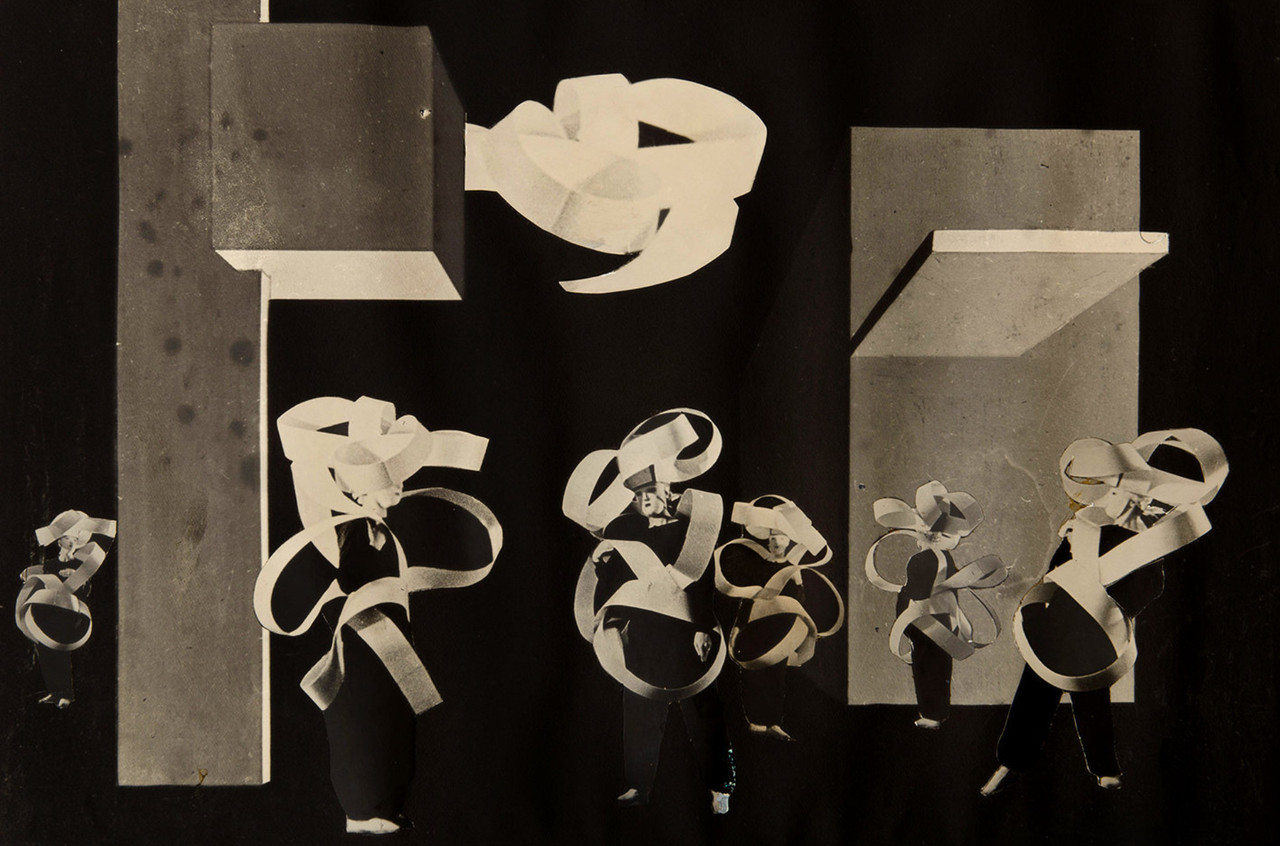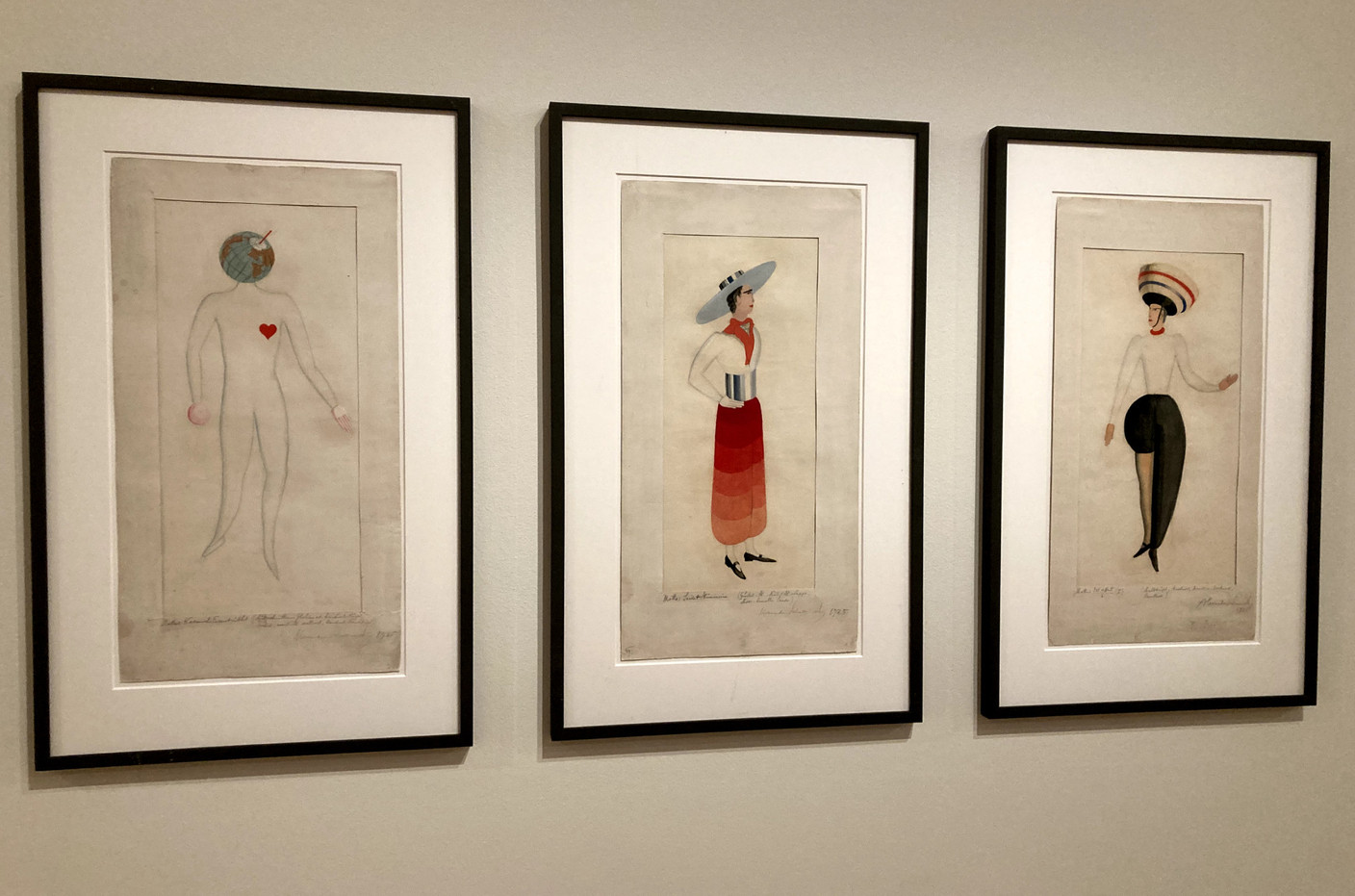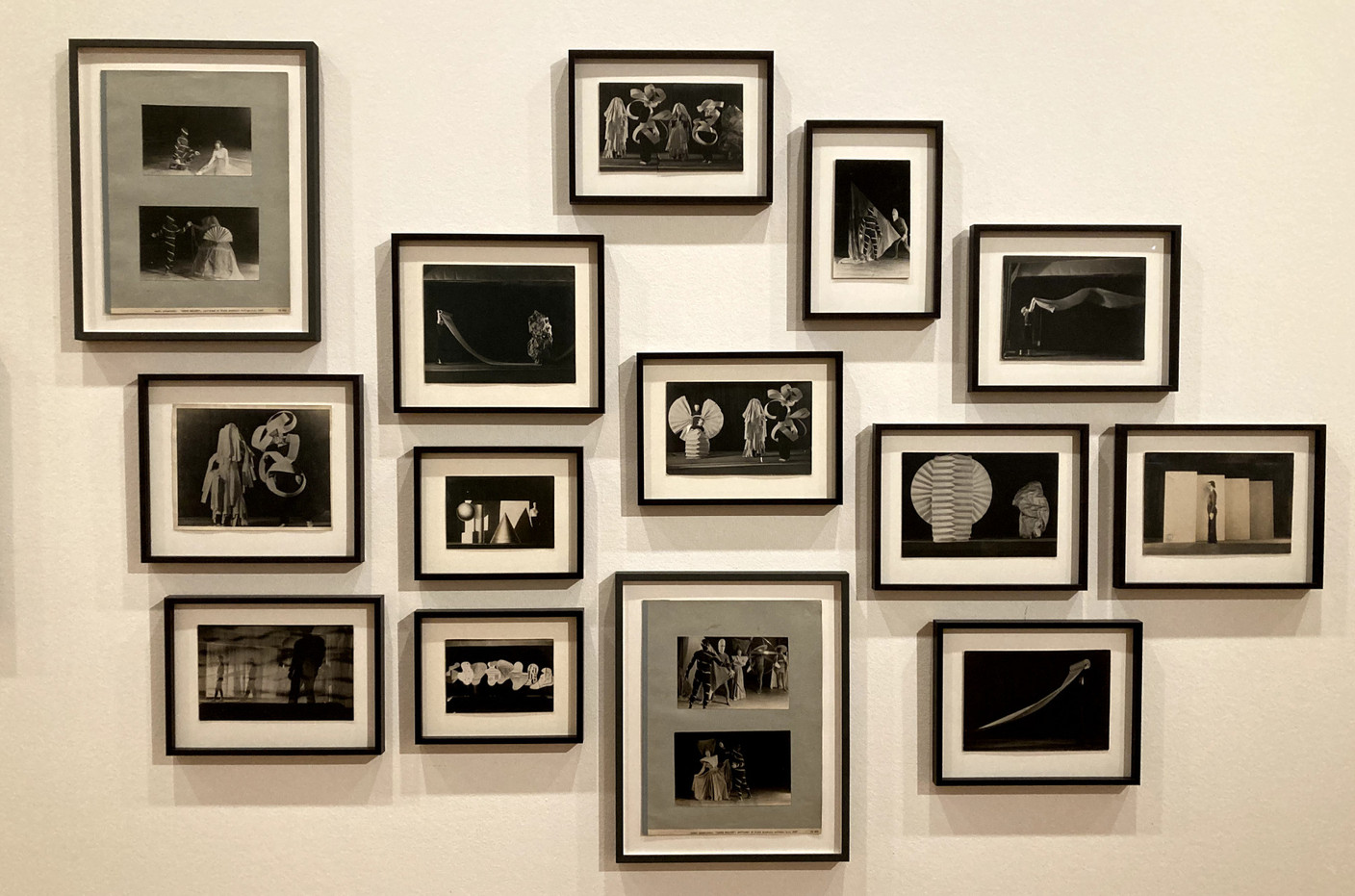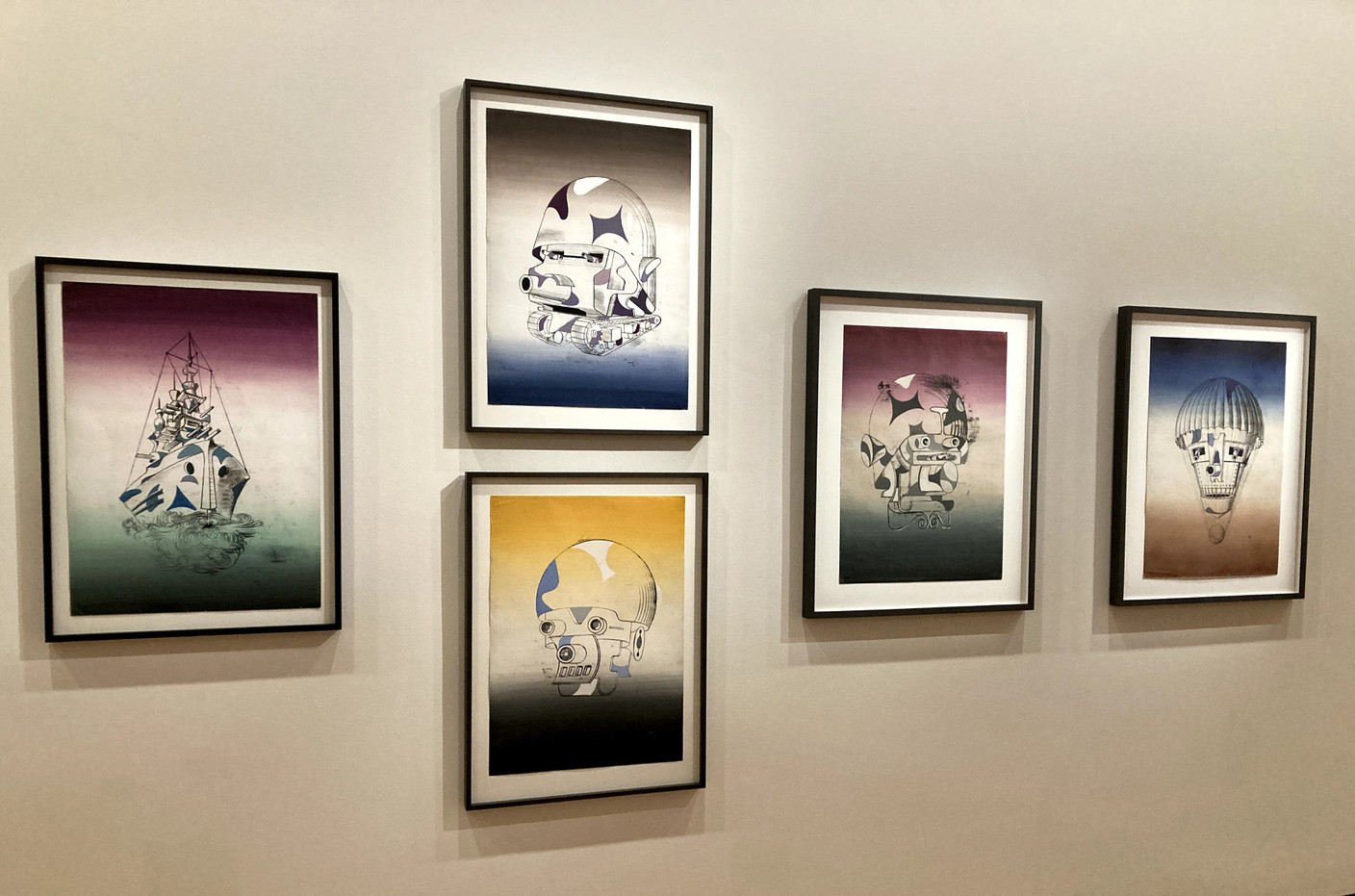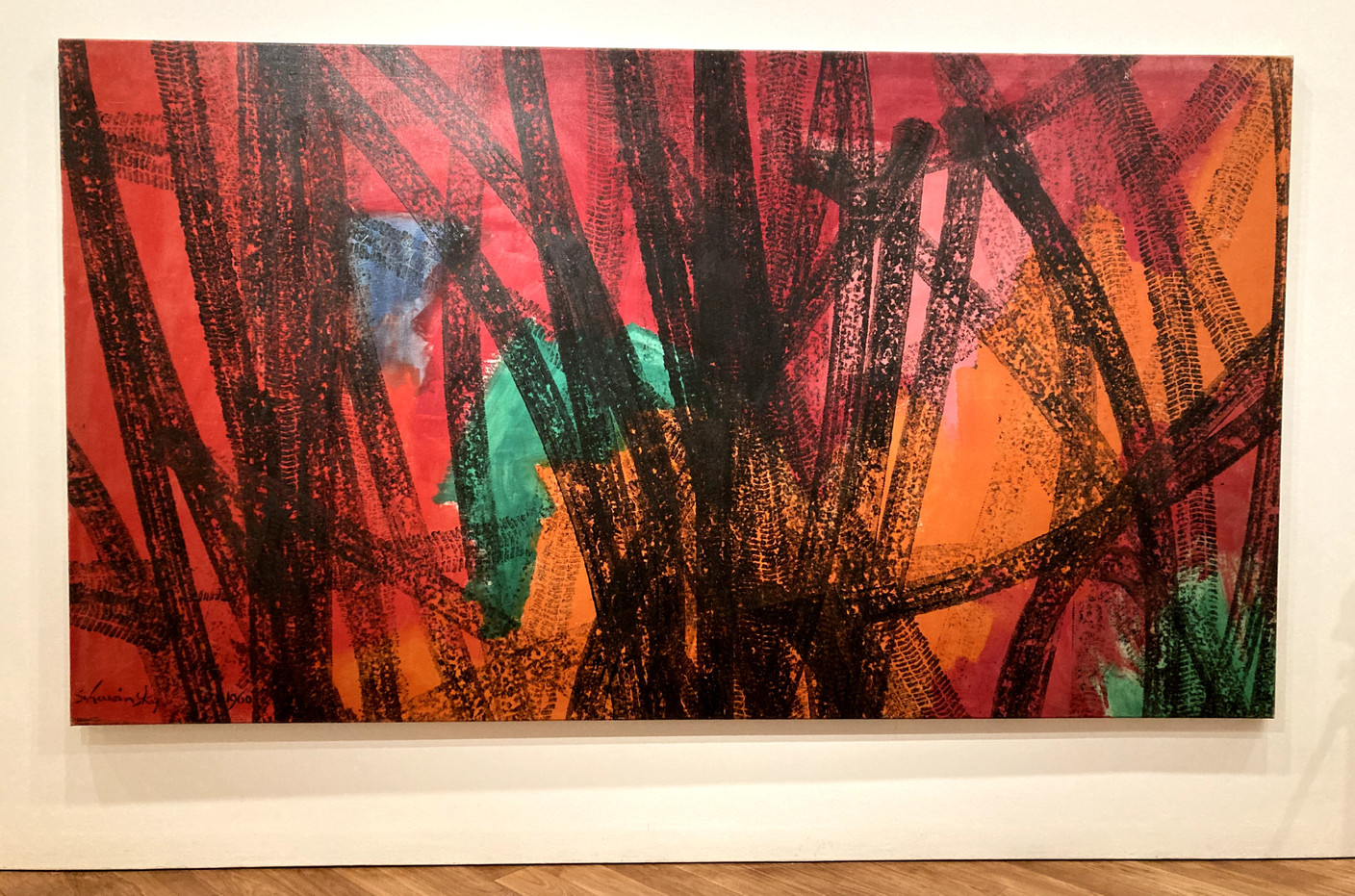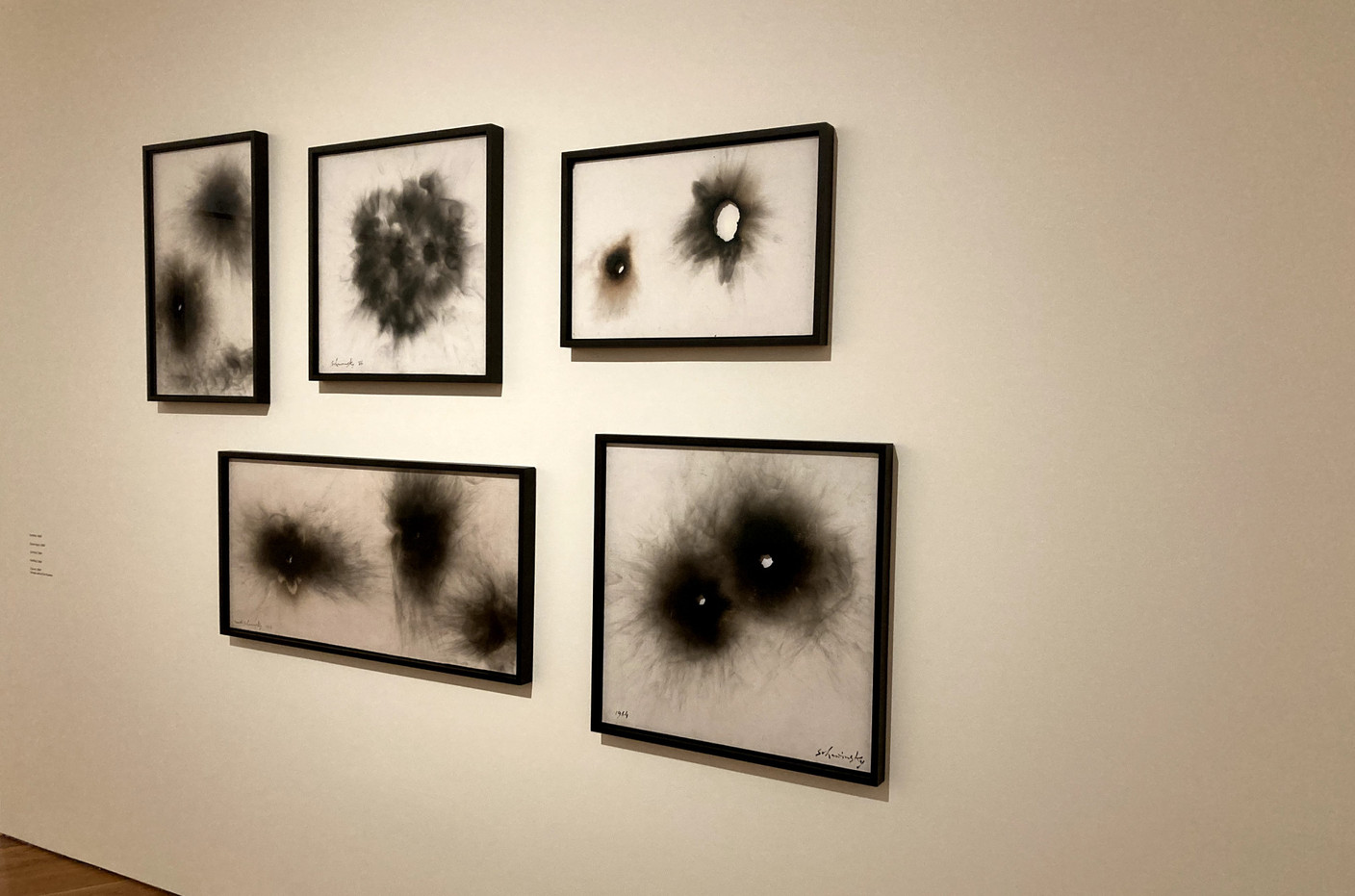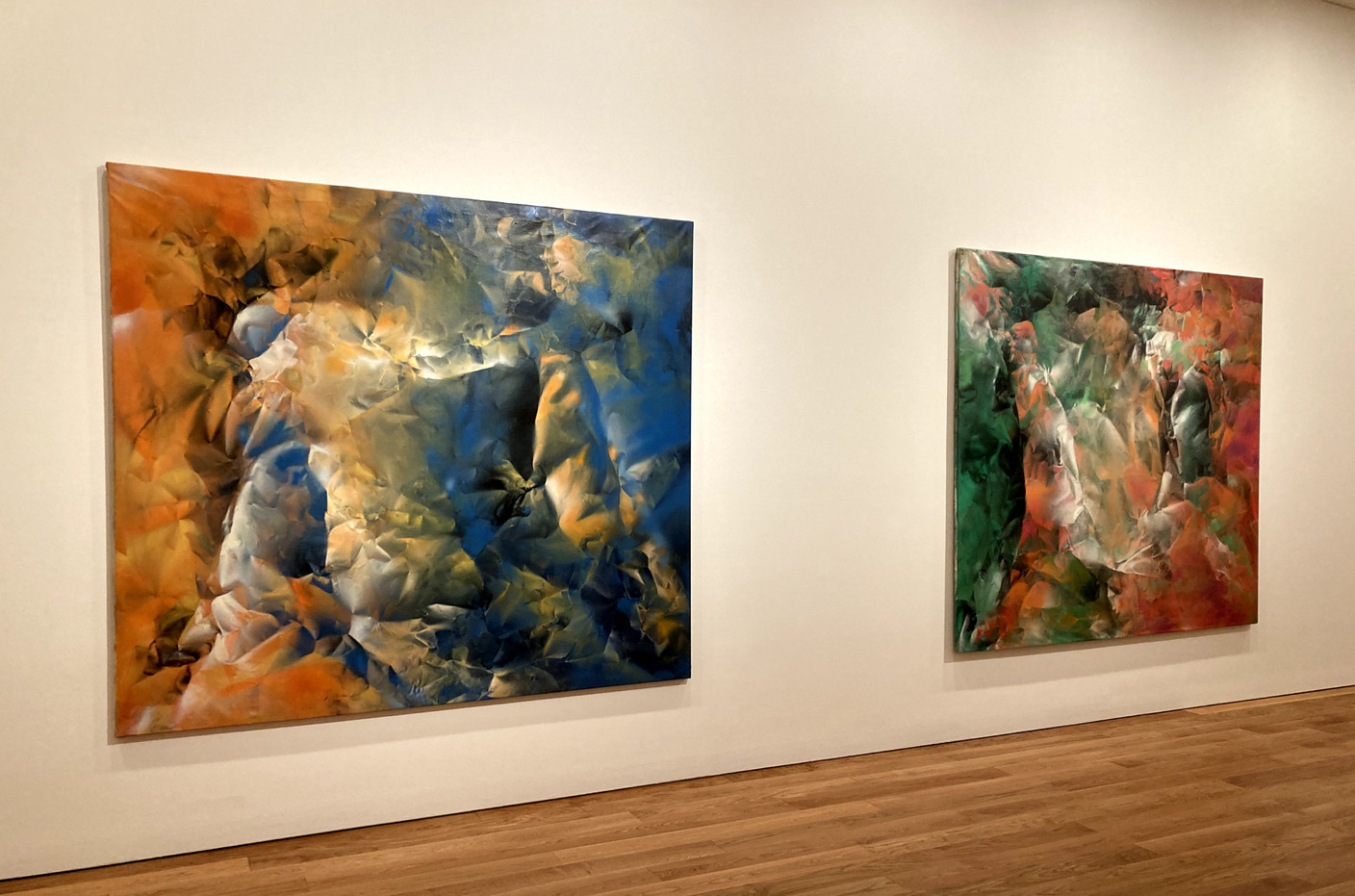For some enlightened specialists, the name Xanti Schawinsky will mean something. For others, he is completely unknown. And with good reason, because for many years his work was blocked by his estate and could not be exhibited. This is no longer the case, and the Mudam--Luxembourg’s modern art museum--is hosting the artist’s first retrospective outside his native Switzerland. The exhibition has been curated by guest curator Raphael Gygax.
“This exhibition is an opportunity for Mudam to present a more historical work, and thus reflect the ‘modern’ component found in the museum’s name,” explains Mudam director , “It is also an opportunity to discover a figure who took part in two very important schools in the history of art: the Bauhaus and Black Mountain College. The exhibition shows a body of work that spans the 20th century and offers keys to more contemporary works, including the performance pieces that Mudam regularly presents. Finally, it is an opportunity for the museum to take part in a research project, helping to produce a publication to coincide with the exhibition.”
From the Bauhaus to Black Mountain College
Alexander “Xanti” Schawinsky was born in Basel in 1904. He moved to Zurich in the 1920s, before heading for Germany and joining the Bauhaus school in 1924. Schawinsky was deeply influenced by his studies there, and throughout his life maintained this multidisciplinary approach and the close link between art and his interest in technique. He soon became involved in the theatre workshop run by Oskar Schlemmer and worked on the notion of the ‘total spectacle.’ Stage sets, costumes, the way plays were presented, the producer--Schawinsky was involved on several levels and developed his ideas on how the theatre of his time should be.
Of Jewish faith, Schawinsky left Germany in 1933 for Milan. There, he worked mainly as a graphic designer to earn a living. His innovative approach to typography and photography, influenced by his teaching at the Bauhaus, helped to renew the poster genre in Italy.
In 1936, Schawinsky received an invitation from Josef Albers to teach at Black Mountain College and headed for the United States. This school was very open to the ideas of the Bauhaus, with a holistic vision of art, and it was here that happening and performance art were born. Schawinsky’s admirers included John Cage and Merce Cunningham. It was during this period that he developed what he called “spectrodram"”, a new dramaturgical form in which he wanted to combine “colour and form, movement and light, sound and speech, pantomime and music, graphic art and improvisation.”
New York, the war and processual works
Schawinsky lived in New York in the 1940s, where he was directly and indirectly confronted with the war. He designed camouflage for the US Air Force, but also ambivalent works in reaction to the conflict: works on paper depicting machine men, faces composed of weapons or military equipment set against gradations of colour close to the advertising aesthetic he had developed in Milan.
Once peace returned, Schawinsky developed another, more pictorial aesthetic approach. Nurtured by his theatrical and performance practice, he introduced this dimension into his painting. He used his own body to create large-scale canvases whose brushstrokes are induced by a dance performed on the canvas. These “processual works” evolve in different directions, with an ever-present interest in a relationship with the machine and technique: he drove around on canvases with a car whose tyres are coated in paint, explored smoke painting in the same way as the Zero group and investigated photography with his Light Paintings. Schawinsky tested, experimented and did not confine himself to a single style or approach. He also produced airbrush paintings on crumpled paper and, from 1967 onwards, developed a number of works that came close to Op Art.
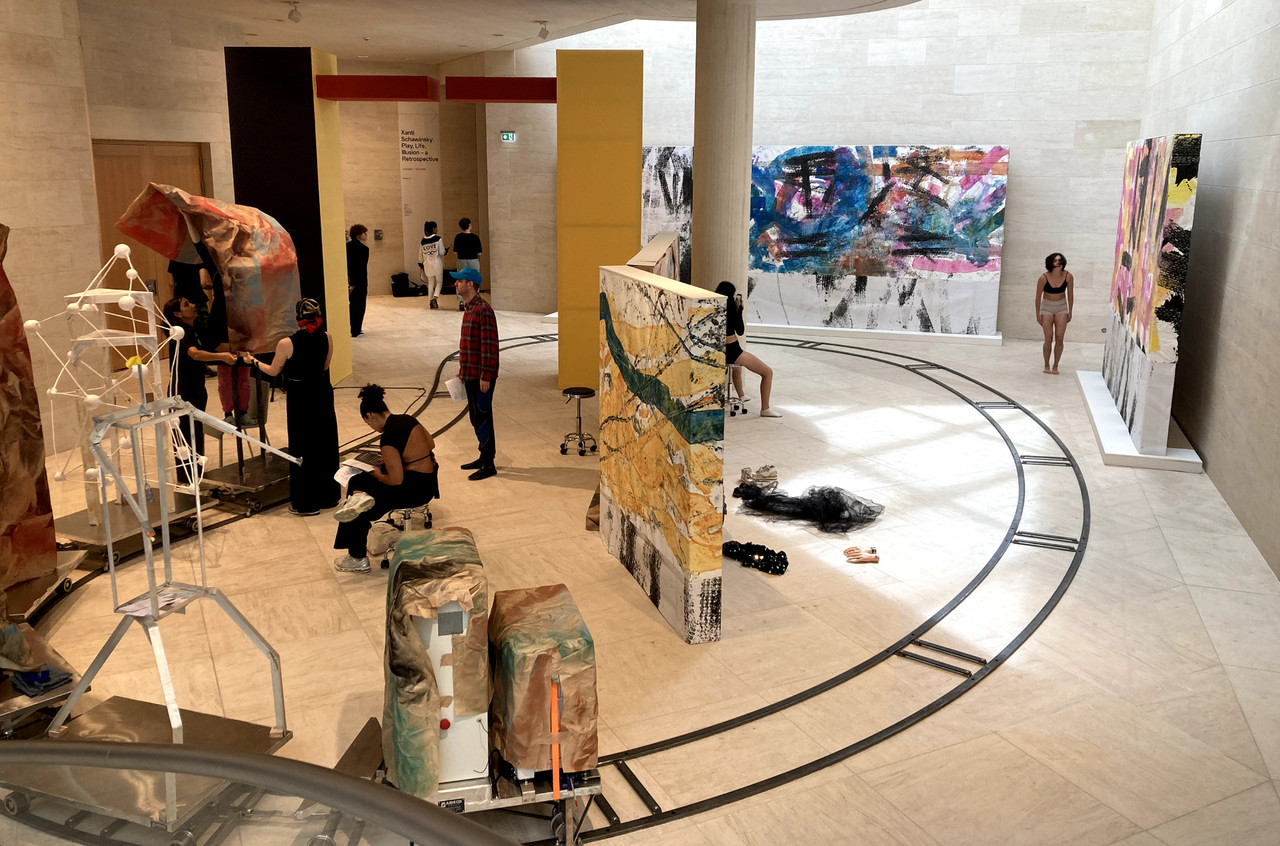
View of Monster Chetwynd’s installation during rehearsals on 11 July 2024. Photo: Paperjam
Performative reinterpretation by Monster Chetwynd
Echoing this multiform work, Mudam invited the British artist Monster Chetwynd to create a new work for the museum’s. Chetwynd’s installation is inspired by the principle of Schawinsky’s mobile theatre, but transposes it to our own time. Extending Schawinsky’s playful, trans-disciplinary and experimental spirit, Chetwynd also reinterprets some of the Swiss artist’s practices, notably for costumes and stage sets. A major performance will be given to mark the opening of the exhibition on Thursday 11 July.
Xanti Schawinsky. Play, Life, Illusion--a Retrospective, is on display until 5 January 2025 at .
This article was originally published in .
